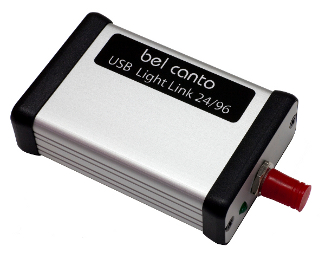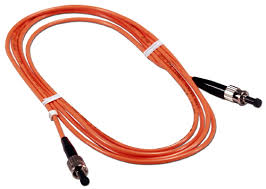Audioseduction
Well-known member
I was using a digital RCA coaxal cable and was recommaned by Bel Canto to use the USB to ST Glass Fiber converter which is compatible with native drivers on Mac and Windows. I was blown away at the level of extended clarity playback I could hear. Below are some benefits from using the converter.
- Low-jitter clock recovery features reference crystal oscillator
- Self-powered via USB input benefiting from LC filters and low-noise local regulation
- Galvanic isolation between computer and audio system prevents high-frequency noise from polluting signal
Also:
Windows XP or Vista Operating Note: Because the USB Light Link is a 24 bit playback device the Windows operating system and Windows Media Player 9 or later versions will automatically decode HDCD material for correct playback even with NON HDCD DACs.


- Low-jitter clock recovery features reference crystal oscillator
- Self-powered via USB input benefiting from LC filters and low-noise local regulation
- Galvanic isolation between computer and audio system prevents high-frequency noise from polluting signal
Also:
Windows XP or Vista Operating Note: Because the USB Light Link is a 24 bit playback device the Windows operating system and Windows Media Player 9 or later versions will automatically decode HDCD material for correct playback even with NON HDCD DACs.

Last edited:



